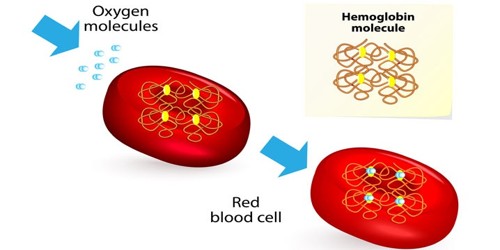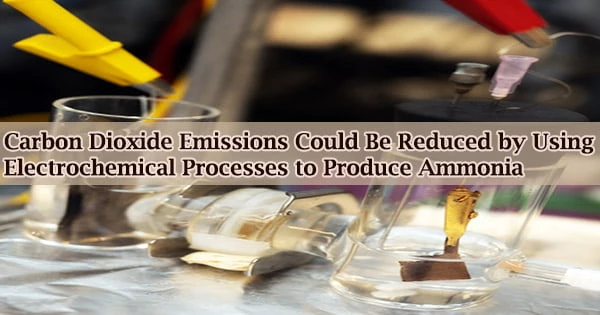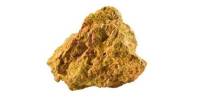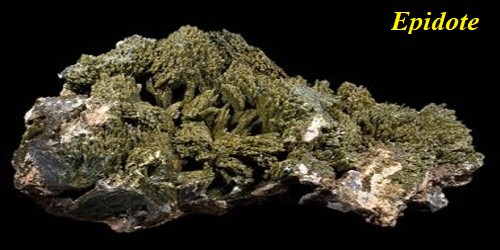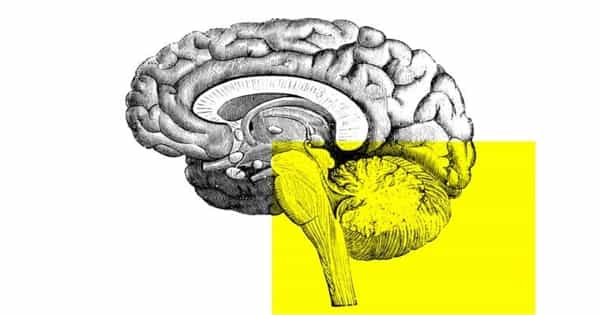Biomolecules are molecules that are essential for life and are found in all living organisms. They are the building blocks of cells and are involved in a wide range of biological processes, including energy storage and transfer, information storage and transfer, and cell structure and function.
The structure of biomolecules can be investigated using neutrons from the Research Neutron Source Heinz Maier-Leibnitz (FRM II). The most recent achievement was the accurate study of a vaccination against multidrug-resistant pathogens that showed promise.
Each year, more than a million people die as a result of bacteria that are immune to all common antibiotics. As a result, scientists everywhere are looking for fresh pharmaceutical gimmicks to fight these diseases.
A two-year-old active ingredient for a vaccination against the multidrug-resistant bacteria Pseudomonas aeruginosa was discovered in Grenoble by an international team. In the interim, mice have been used to effectively test the vaccination.
“As with many new vaccines, in this case the active ingredient is embedded in liposomes. The exact characterization and understanding of these nanoscopic biomolecules is a key factor in the development and optimization of future vaccines,” says Dr. Marco Maccarini, biophysicist at the French National Center for Scientific Research (CNRS).
Together with experts at the TIMC laboratory of the Université Grenoble Alpes (UGA) and at the FRM II he has successfully analyzed the structure of the candidate vaccine against Pseudomonas aeruginosa.
In general, the active ingredient can dock to the liposome at various positions for example internally or externally. But it is best recognized by the immune system when it is integrated in the double lipid layer. Thus the structure of the biomolecule is decisive in the efficacy of a vaccine.
Dr. Marco Maccarini
The vaccine consists of biomolecules with sizes in the order of 100 nanometers. The majority of these molecules are made up of lipids, or fat-like compounds that, according to their biological makeup, condense into tiny bubbles called liposomes. These bubbles can in turn protect and transport the actual active ingredients.
In the case of the vaccine against Pseudomonas aeruoginosa, this active ingredient is the protein OprF.
“In general, the active ingredient can dock to the liposome at various positions for example internally or externally,” Maccarini explains. “But it is best recognized by the immune system when it is integrated in the double lipid layer. Thus the structure of the biomolecule is decisive in the efficacy of a vaccine.”
Wanted: Non-destructive radiation
Such structural details are not visible to the naked eye. For the study of liposomes, optical microscopes do not have a high enough resolution. Even though X-ray radiation has shorter wavelengths, it is unsuitable for structural investigation because, in some cases, the radiation can harm biomolecules.
“But neutron beams are ideal: They only interact with atomic nuclei and thus cause no damage or structural changes. This way the samples can be investigated in their original condition,” Maccarini says.
At the FRM II in Garching, close to Munich, the researcher discovered everything he required for the analysis of the new candidate vaccine: a high neutron flux, a well-stocked lab, and Dr. Aurel Radulescu, a specialist in the measurement of small-angle scattering, a method that can be used to thoroughly examine the nanometer-sized molecules.
Computer model represents structure of the vaccines
“In our case the challenge was using the diffractometer, which measures the scattering of the neutrons by the atomic nuclei, to distinguish between the proteins and the lipids in the sample,” recalls Radulescu, who supervises the small-angle scattering diffractometer KWS-2 for the Forschungszentrum Jülich (FZJ) in Garching.
He adds that it took a trick to finally make this distinction work: “We conducted the measurements with different combinations of solvents normal water and heavy water containing deuterium, mixed in various concentrations.”
The result was photographs of the sample with varying contrasts and diverse information because neutrons “see” normal hydrogen and deuterium differently.
The study team created a computer model to simulate the structure of the candidate vaccination in order to conduct the analysis. “This lets us not only render the two-layer structure of the lipids, but also lets us determine the average position and amount of the OprF active ingredient which is embedded between the two lipid layers.”
The work is published in the journal Langmuir. The new model can be used to optimize the ongoing development of novel liposome-based vaccines as well as to study their structural details.

